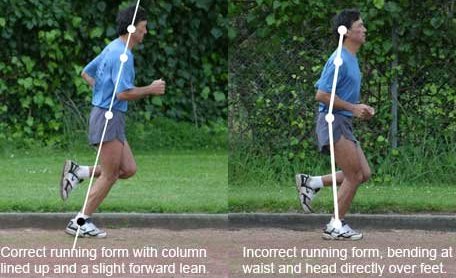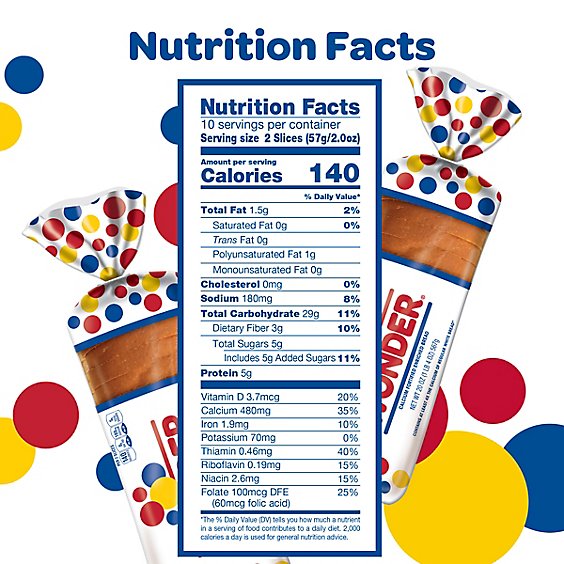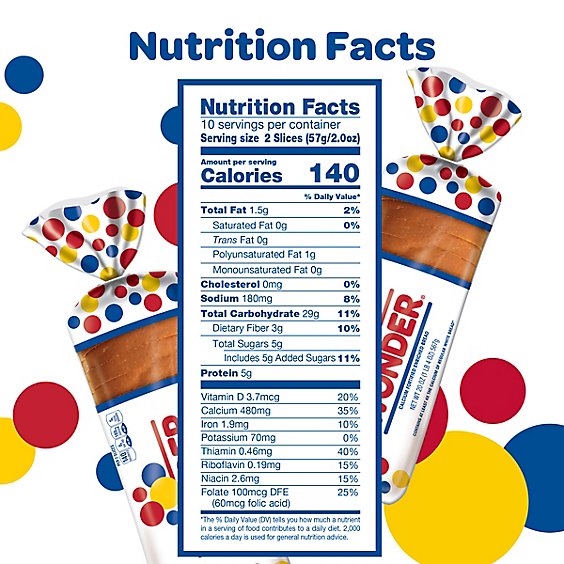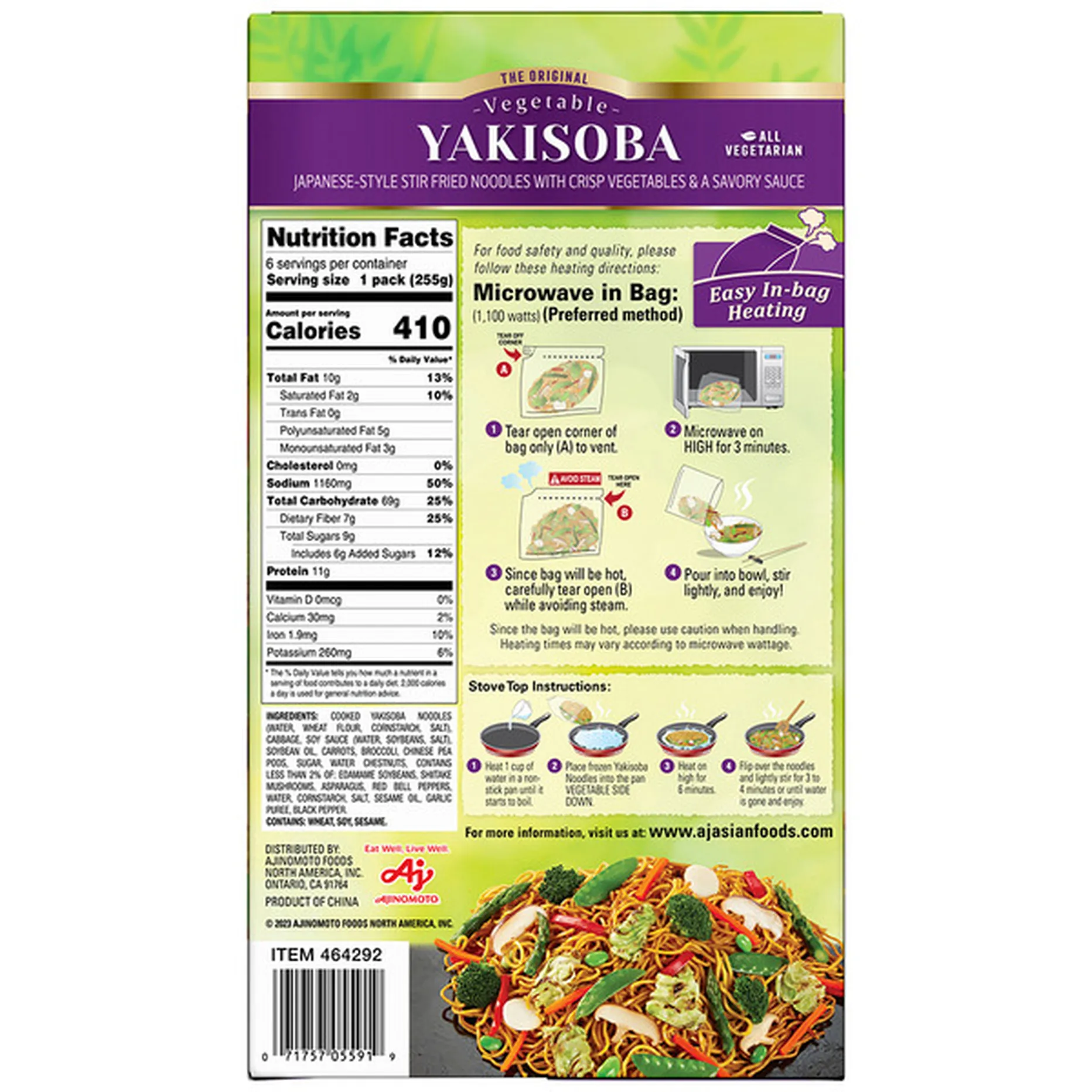Bench pressing can cause low back pain if proper form is not maintained. Arching your back excessively is a common mistake to avoid.
Engaging in the classic bench press, you will often find it celebrated as a staple exercise in strength training, targeting the chest, shoulders, and triceps. Optimizing form is vital; a slight arch in the low back is normal, but over-arching can lead to strain and discomfort.
Ensuring you have a well-rounded approach to this exercise includes understanding body mechanics and integrating core stability to protect the lower back. Bench press enthusiasts must focus on overall technique, gradual progression in weight, and listening to their body’s signals to prevent and address back pain effectively. This approach not only maximizes muscular development but also minimizes the risk of injury, allowing for a sustainable progression in strength training endeavors.
Bench Press Basics
The bench press is a staple in strength training. To reap rewards without injury, especially low back pain, mastering the basics is key. This segment sheds light on the pillars of a safe and effective bench press routine.
Key Muscle Groups Worked
The bench press isn’t just about chest muscles. It targets several key areas:
- Pectorals (chest)
- Deltoids (shoulders)
- Triceps (back of the arms)
- Core muscles for stability
Engaging these muscles correctly can prevent strain and keep your back happy.
Proper Form And Technique
Form is the backbone of a good bench press. Let’s focus on each stage of the lift:
- Start with your back flat on the bench. This position protects your spine.
- Feet should stay flat on the ground to stabilize your whole body.
- Grasp the bar with hands just wider than shoulder-width.
- Engage your core throughout the lift to support your lower back.
- As you lower the bar, keep elbows at a 75 to 90-degree angle.
- Press the bar back up, exhaling as you go, without arching your back.
Practicing these steps will build strength and minimize risks like low back pain.
Connection Between Bench Press And Low Back Pain
The bench press is a popular exercise to build upper body strength. But sometimes, it may cause low back pain. Understanding the connection helps prevent injury and maintain good health.
Spine Alignment During Lifting
Proper spine alignment is critical during a bench press. A neutral spine position reduces stress on the back. It’s essential to maintain a position that keeps the natural curves of the spine.
- Lie flat on the bench with feet firmly on the ground.
- Align your head, shoulders, and hips.
- Ensure your lower back is not overly arched or flat.
Effects Of Arching The Back
Excessive arching can lead to discomfort. Lifters often arch their back to lift heavier weights. But this can strain the lower back muscles.
| Arch Level | Risk |
|---|---|
| Minimal | Lower |
| Excessive | Higher |
Maintain a slight arch to the back to protect it. Focus on engaging your core muscles during the lift. This helps take some strain off the lower back.
Common Causes Of Low Back Pain In Athletes
Athletes often experience low back pain as a result of various factors linked to their active lifestyles. This discomfort can stem from several common causes.
Muscular Imbalances
Muscles work in harmony to support the spine. Imbalances can lead to pain.
- Bench pressing may cause overdevelopment in some muscles and underdevelopment in others.
- Dominant chest muscles can pull the body forward, straining the lower back.
Overtraining And Fatigue
Intense training without rest can exhaust muscles. This makes the back prone to injury.
- Insufficient rest leads to muscle fatigue and weakness.
- Poor form from tiredness can strain the lower back.
Previous Injuries
Old injuries can affect how an athlete moves. This may put extra stress on the back.
- A past injury can lead to compensatory movements, increasing stress on the lower back.
- Reinjury is possible if the original issue wasn’t fully addressed.
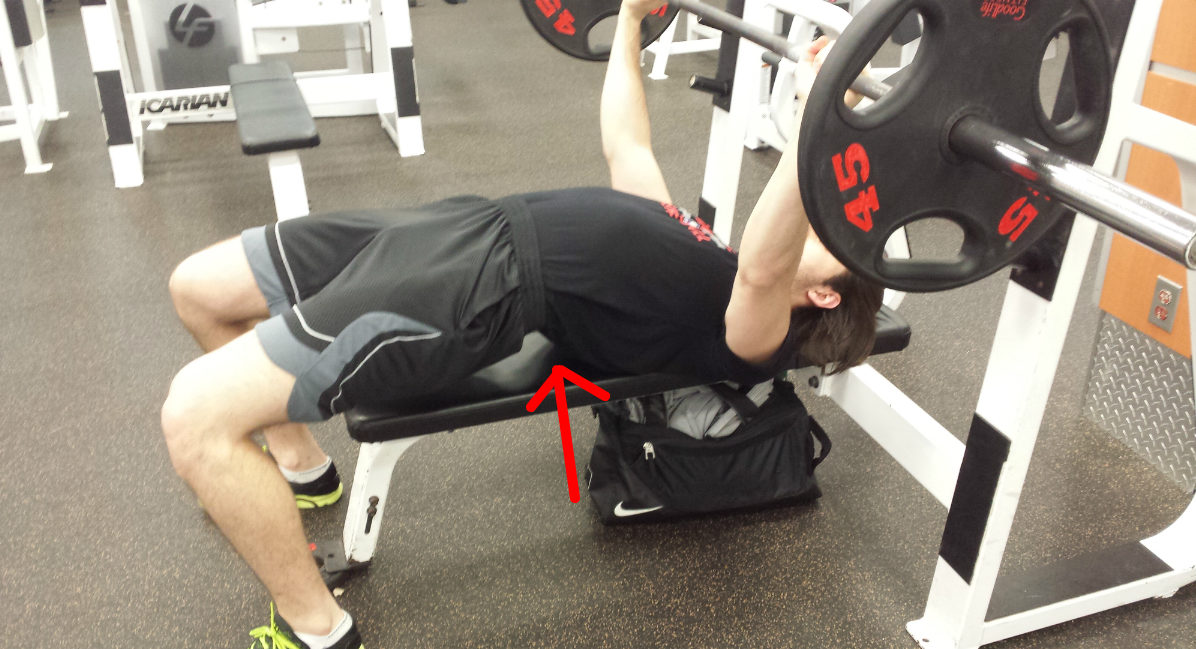
Credit: www.remisovran.com
Assessing Your Bench Press Form
Bench pressing is a powerful exercise for building upper body strength. But poor form can lead to lower back pain. It’s crucial to assess your bench press technique to ensure you’re not putting undue strain on your back. Let’s dive into the specifics of how you can self-evaluate and understand when to seek professional advice.
Self-evaluation Tips
Perfecting your bench press form can be the key to avoiding lower back pain. Start with these simple but effective self-evaluation tips:
- Check your feet position: They should be flat on the floor, providing a stable base.
- Observe your back: A slight arch in the upper back is normal, but the lower back should not overly curve.
- Examine hand placement: Grip the bar evenly with hands just outside shoulder width.
- Monitor bar path: The bar should move vertically and touch the mid-chest area.
- Ensure proper breathing: Inhale on the way down and exhale as you press up.
Video recordings can help. Set up a camera to the side for a clear view of your technique. Watch for any deviations in form, especially as you fatigue.
When To Seek Professional Advice
Despite self-evaluations, some errors may need a professional eye. Here’s when to seek help:
- Consistent pain: Pain that persists after correcting form is a red flag.
- Uncertainty in technique: If you’re unsure about your form, a coach can provide immediate feedback.
- Plateau in progress: When improvements halt, it might be due to incorrect form.
- Desire for advancement: To lift heavier weights safely, professional guidance ensures proper progression.
A certified fitness trainer or physical therapist can offer tailored advice. They analyze your posture, suggest adjustments, and guide you through proper form to prevent injury.
Adjustments To Reduce Low Back Strain
The bench press is a popular exercise for building chest and arm strength. Unfortunately, it can sometimes cause low back pain. Making simple adjustments to your technique can prevent this discomfort. This part of our blog post will outline tweaks you can apply to keep your lower back safe during bench pressing.
Grip Modifications
The way you grip the bar plays a key role in how much strain you put on your lower back. A grip that’s too wide can force your lower back to arch too much. This can lead to pain. You can make a few changes:
- Hold the bar with your wrists straight to keep your spine aligned.
- Move your hands closer together for a narrower grip.
- Wrap your thumbs around the bar for better control and support.
Feet Placement And Stability
Your feet’s position is vital for a solid foundation during the bench press. Proper foot placement increases your stability and decreases the likelihood of low back pain.
Here are the adjustments you might consider:
- Plant your feet flat on the floor. This gives your body strong support.
- Align your feet with your knees to maintain helpful balance.
- Keep your feet shoulder-width apart for a solid base.
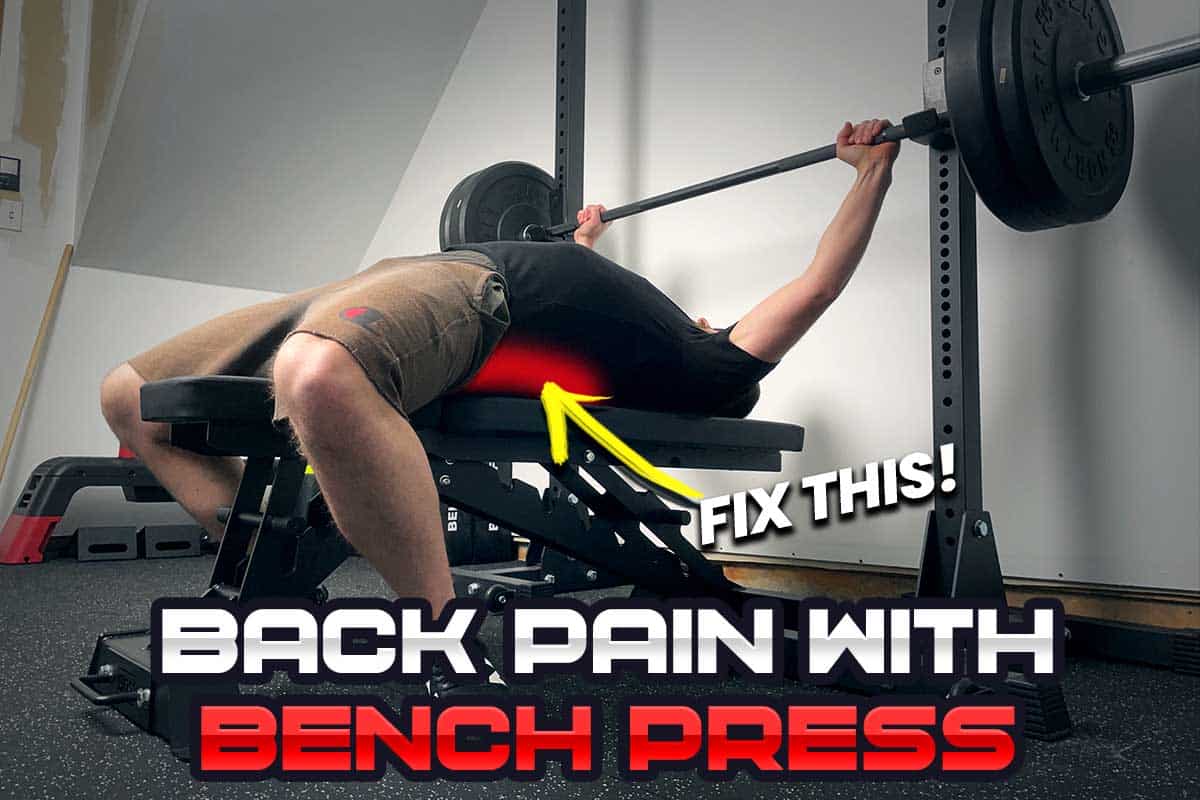
Credit: www.strengthresurgence.com
Strength Training For Back Support
Strength Training for Back Support plays a critical role in managing and preventing bench press-related low back pain. By focusing on building robust musculature around the spine, you create a solid foundation for all types of physical activities.
Exercises Targeting The Core
Core strength is vital for stabilizing the lower back during heavy lifts like the bench press. Include these exercises in your routine:
- Planks: Hold your body in a straight line. Start with 30 seconds and build up.
- Dead bugs: Lie on your back, move opposite limbs. This works your deep core muscles.
- Bird dogs: On all fours, extend one arm and the opposite leg. Switch sides after each rep.
Perform these exercises at least 3 times a week for best results.
Building A Stronger Lower Back
Strengthening the muscles in the lower back can significantly reduce pain. Include:
| Exercise | Sets | Reps |
|---|---|---|
| Hyperextensions | 3 | 15 |
| Bridges | 3 | 20 |
| Supermans | 2 | 15 |
Start with light weights. Focus on your form. Increase the intensity as you progress.
Recovery Strategies For Low Back Pain
Experiencing low back pain after a bench press session can put a dampener on your fitness goals.
But don’t let discomfort discourage you. Effective recovery strategies can help alleviate pain and get you back to lifting in no time.
Follow these steps to aid in your low back pain recovery.
Rest And Repair
Taking a break may seem frustrating, but it’s necessary for healing.
Rest doesn’t mean total inactivity.
Rather, avoid strenuous activities that worsen the pain.
Here’s how to rest correctly.
- Limit weightlifting to allow muscles to repair.
- Focus on gentle movements like walking to stay active.
- Use ice packs or heat therapy as needed to reduce inflammation.
Effective Stretching Post-workout
Incorporating stretches into your routine can prevent and diminish low back pain.
These stretches target the lower back region effectively.
| Stretch | Duration |
|---|---|
| Child’s Pose | 1 minute |
| Knee to Chest | 30 seconds each side |
| Pelvic Tilt | 30 seconds |
Remember to hold each stretch for the recommended time and never force a painful position.
Consistent post-workout stretching helps improve flexibility and reduce soreness.
Designing A Safe Bench Press Routine
Do you love bench pressing but struggle with low back pain? Crafting a safe bench press routine can protect your back and boost your gains. Learn the secrets for balance and cross-training below.
Balanced Workout Plans
A balanced workout is key to preventing back injuries. Focus not just on the chest but also on other muscles. Here’s how:
- Train opposing muscles like the back and shoulders to improve posture.
- Include exercises like rows and pull-ups that complement bench pressing.
- Stretch your muscles regularly to maintain flexibility and reduce tightness.
Incorporating Cross-training
Cross-training helps reduce overuse injuries. Mix these activities into your routine:
| Activity | Benefit |
|---|---|
| Swimming | Builds endurance without straining the back |
| Cycling | Strengthens leg muscles and supports the spine |
| Yoga | Enhances flexibility and core strength |
Remember to listen to your body and adjust your routine if you feel pain.

Credit: www.youtube.com
Frequently Asked Questions On Bench Press Low Back Pain
Why Does Bench Press Hurt My Lower Back?
Bench pressing may hurt your lower back due to improper form, arching your back excessively, or having weak core muscles. Check your technique and strengthen your core for better support.
How Do I Protect My Lower Back When Benching?
To protect your lower back during bench presses, maintain a slight arch in your spine. Plant your feet firmly on the ground to stabilize your body. Engage your core muscles throughout the lift. Avoid excessive arching or flattening of the back.
Ensure your form is correct before increasing weight.
How Do You Bench Without Lower Back?
To bench press without stressing your lower back, maintain a flat back on the bench. Engage your core throughout the lift. Keep feet flat and avoid arching your spine. Use a controlled motion and don’t overload the bar. Opt for a closer grip to reduce strain.
Why Does My Lower Back Hurt When I Lift Weights?
Lower back pain during weightlifting often results from poor form, muscle strain, or underlying back conditions. Ensure proper lifting techniques and gradually increase weight to prevent injury.
Conclusion
Wrapping up, managing low back pain during bench presses hinges on proper technique and awareness. Prioritize form, incorporate strengthening exercises, and consider professional guidance. By nurturing your spinal health, you’ll keep setting personal records pain-free. Remember, a strong back is your bench press ally.
Keep lifting smart!


